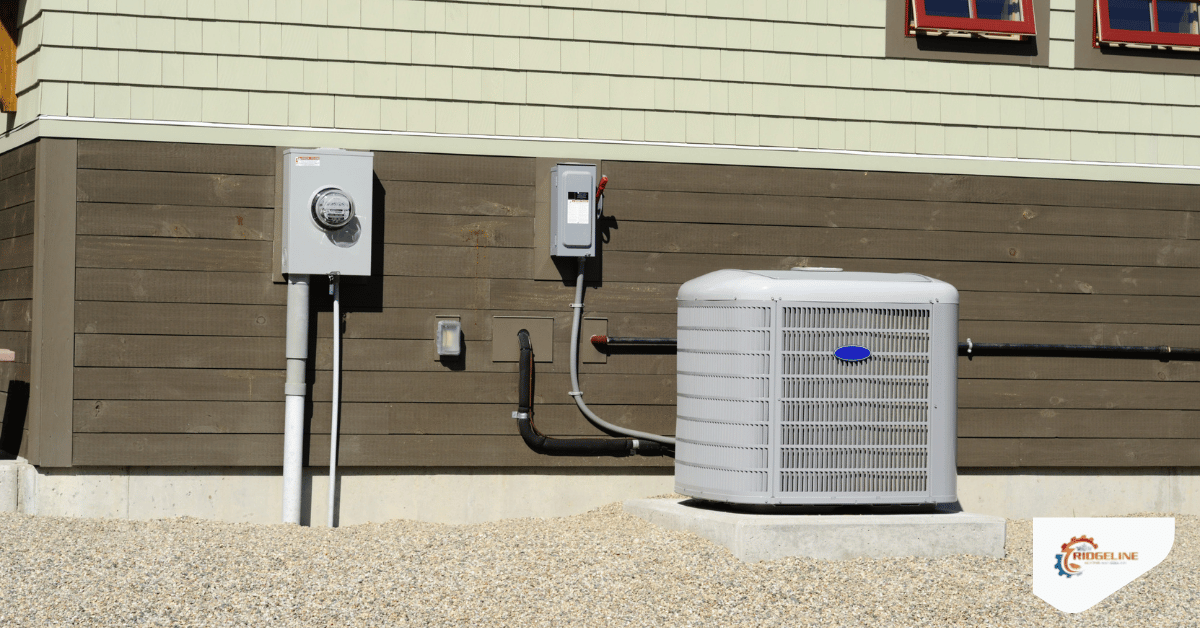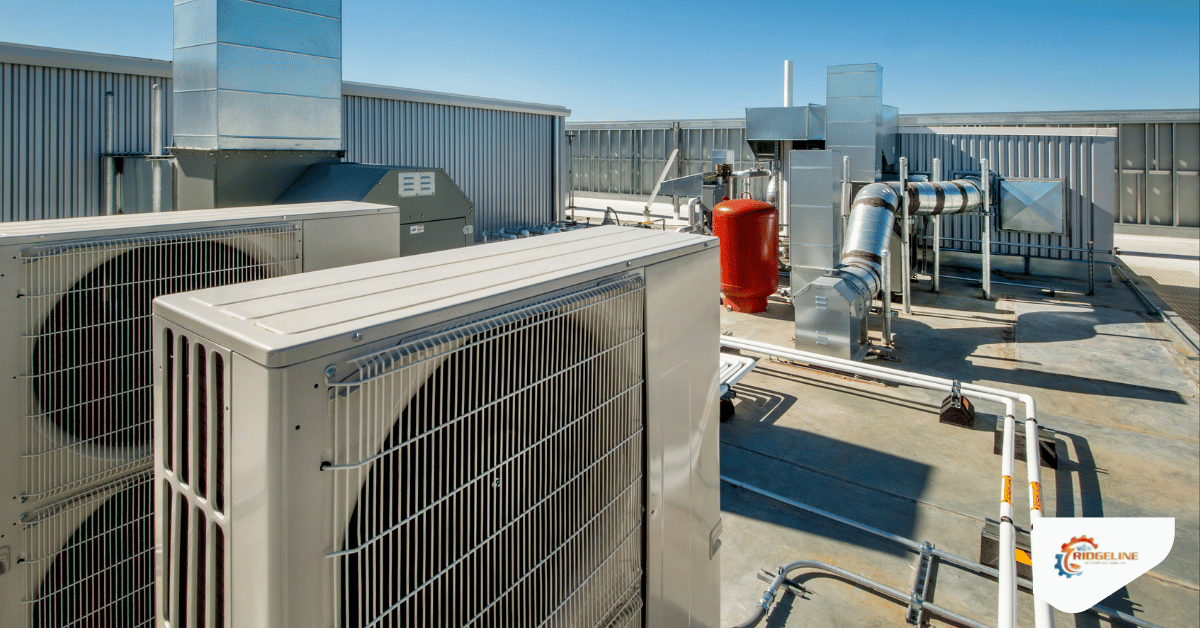Across Idaho and the rest of the country, homeowners and businesses are hearing more about HVAC refrigerant changes. These refrigerant updates are not just industry news; they directly affect repair costs, system installation choices, and long-term heating and cooling efficiency. With 2025 bringing big changes, every homeowner needs to stay informed.
In this article, you’ll learn what refrigerants are, why new refrigerant regulations are coming, how these refrigerant changes affect Idaho residents, and the practical steps you can take to prepare.
What Are HVAC Refrigerants and Why Do They Matter?
A refrigerant is a chemical fluid that allows your HVAC system to transfer heat and keep your home cool in summer and warm in winter. Refrigerants are essential in air conditioning systems, heat pumps, and furnaces that rely on cooling cycles. Without the correct refrigerant, an HVAC system cannot function.
Key ways refrigerants affect your home:
- System performance: The type of refrigerant used impacts how efficiently your system cools and heats.
- Environmental impact: Older refrigerants like R-22 refrigerant release high greenhouse gas emissions, damaging the ozone and contributing to climate change.
- Service costs: As refrigerant phase-outs continue, servicing older HVAC equipment becomes more costly.
Why Are Refrigerant Changes Happening in 2025?
The Environmental Protection Agency (EPA) and the Environmental Protection Agency’s refrigerant regulations are enforcing a national refrigerant transition. The American Innovation and Manufacturing Act pushes for eco-friendly HVAC refrigerants with lower global warming potential (GWP).
For Idaho homeowners, this means:
- R-22 refrigerant phase-out: Systems that still use R-22 are expensive to repair because supplies are limited.
- Shift to R-410A refrigerant: Although it became the standard replacement, R-410A still carries a high global warming potential.
- Introduction of new refrigerant options: Refrigerants like R-454B and R-32 offer lower GWP, improved efficiency, and reduced environmental impact.
Key HVAC Refrigerant Changes in 2025 and Beyond
The HVAC industry is undergoing a major refrigerant transition that every homeowner should understand:
- R-22 phase-out: No new supply, only recycled stock. Repairing leaks in systems that use R-22 will be very costly.
- Transition to R-410A: Most current HVAC systems use R-410A refrigerant, but this too is being replaced.
- Introduction of R-32 and R-454B: New HVAC systems will use these lower GWP refrigerants, making them more environmentally friendly.
- Stricter refrigerant standards: By 2030, high global warming potential refrigerants will be phased down even further.

How HVAC Refrigerant Changes Affect Idaho Homeowners
If you’re a homeowner in Idaho Falls, Rexburg, or Rigby, here’s how refrigerant changes affect you:
- Repair costs: Servicing older HVAC systems with R-22 refrigerant is increasingly expensive.
- Installation decisions: A new HVAC system will likely be required when an older system fails.
- Energy efficiency: Newer HVAC systems with low-GWP refrigerants like R-32 and R-454B lower utility bills.
- Resale value: A home with an outdated HVAC refrigerant may be less attractive to buyers.
Common Questions About HVAC Refrigerant Changes
Can I still use my old air conditioner or heat pump that uses R-22?
Yes, but repair is costly, and refrigerant leaks make upkeep impractical.
Do I have to install a new HVAC system right away?
Not immediately, but planning ahead avoids sudden expensive failures.
Will refrigerant changes lower my bills?
Yes, new refrigerants improve cooling efficiency, reducing monthly energy costs.
How do I know which refrigerant my system uses?
Check the unit’s manufacturer label or ask an HVAC technician.
What Idaho Residents Should Do to Prepare
- Schedule an HVAC inspection to identify your system’s refrigerant.
- Plan for replacement if your HVAC system uses R-22.
- Budget for a new system installation rather than costly refrigerant replacement.
- Ask your HVAC professional about rebates for energy-efficient HVAC solutions.
Benefits of Upgrading to a New Refrigerant System
Replacing your HVAC system with one that uses newer refrigerants like R-32 or R-454B offers:
- Energy savings with lower GWP refrigerants.
- Eco-friendly performance that reduces the environmental impact of HVAC systems.
- Lower repair costs because you avoid costly refrigerant leaks and rare replacement fluids.
- Improved reliability during extreme Idaho weather.

Why Choose Idaho Falls HVAC Professionals for Refrigerant Changes
Idaho Falls Heating and Cooling provides expert HVAC services, including refrigerant replacement, repair, and new system installation. Their trained HVAC technicians ensure compliance with refrigerant standards while keeping your home comfortable year-round.
They offer:
- 24/7 heating and cooling repair services.
- Expert installation of new HVAC systems with low-GWP refrigerants.
- Affordable repair and replacement plans.
- Knowledge of refrigerant phase-out regulations in Idaho.
Conclusion
Big changes are coming with the 2025 refrigerant updates. From R-22 phase-out to R-410A replacement, refrigerant regulations affect every homeowner. Preparing now ensures your HVAC system remains reliable, energy-efficient, and environmentally friendly.









